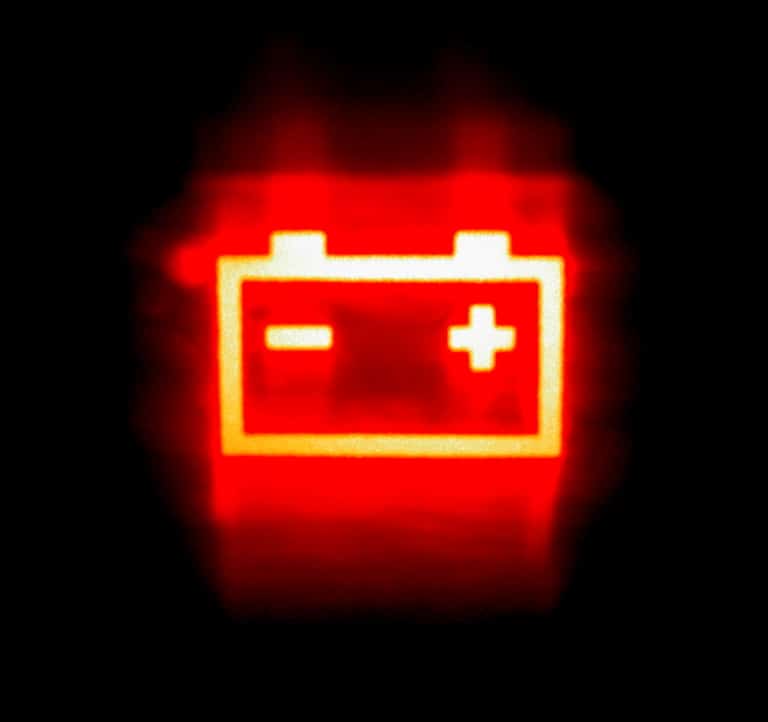
In the face of growing strains on traditional energy systems, consumers are increasingly turning towards renewable energy solutions, prompting us to speak with GivEnergy CEO, Jason Howlett, who elaborates on the pivotal role of home storage batteries.
While such a shift towards renewable energy is welcome, it’s not enough. Renewables are, by nature, intermittent. So, it is only when paired with an energy storage technology that billpayers can maximise the potential of their renewable system. Simply put, a home storage battery should sit at the heart of the low-carbon home.
Harnessing renewable energy reliably with home storage batteries
Last year, the UK generated a record amount of energy from renewable sources. Indeed, researchers found that 40% of the UK’s electricity in 2022 comprised solar, wind, biomass, and hydropower. (Representing a 5% increase from 2021).

However, there is no requirement that complementary storage batteries should be in place for these booming renewable projects. Indeed, while everyone is familiar with solar panels and wind turbines, awareness around home storage batteries is much further behind.
This lack of awareness is damaging in terms of both cost and carbon emissions. Many people are surprised to discover that, without storage, much of the energy generated by renewables can go to waste. In fact, it’s been reported that two-thirds of the world’s energy is wasted somewhere between generation and usage. And beyond the waste, a lack of storage means that homes can only use their renewable energy when weather permits.
As an illustration, let’s take solar panels – the most common renewable technology deployed by UK billpayers. If you have solar panels without a home storage battery, you’re generating power with no means to store it for later use. So, while you may generate green energy during the day when the sun is shining, you still rely on grid power in the evenings. (And therefore, potentially drawing on the grid during the most expensive peak times.)
With a storage battery, however, you can save the sun’s energy and use it to run your home on battery power during the evenings. In turn, you can drastically reduce your energy bills and your carbon footprint.
Simply put, the home storage battery makes intermittent renewable energy easier to harness and use consistently – resulting in less waste, lower costs, and greener and more efficient households.
Looking beyond renewables
The benefits of home battery storage go beyond renewables, too. For billpayers who can’t afford to invest in a full solar array or a home wind turbine, an energy storage battery can still deliver significant cost and carbon savings.
Many batteries are app-controlled and can be configured to charge strategically in line with smart tariffs. So, your battery will charge when energy costs and demands are low (such as overnight, when cheap rates are in place.) You can then run your home on clean battery power when energy costs are high, and the grid is under strain.
Even without renewables, a storage battery can still contribute to a low-cost and low-carbon home.
The evolution of battery storage – and its uptake
Fortunately, though awareness is still somewhat behind where it should be, we are seeing an uptick in home storage batteries. For instance, we at GivEnergy commission upwards of 1000 systems per week in the UK alone.
Perhaps most exciting is how advanced these systems are becoming. To use GivEnergy as an example, in 2018, our most powerful residential battery had an individual capacity of 5.2kWh. Fast forward to 2023, and we are on the brink of launching a combined battery and inverter in one integrated product, complete with a backup gateway with a capacity of 13.5kWh. Of course, all these batteries are scalable and can be operated in series to create larger capacity storage systems.
Battery storage technology across the board is evolving at pace. Year after year, we’re seeing new models and improved efficiency. The latest generation of home batteries includes features such as smart energy management systems, API access for custom automation, remote monitoring and control, and modular design for easy installation and scalability.
In a short space of time, home storage batteries have changed the energy management game. The control and visibility that the billpayer now has over their energy usage are at an all-time high. So, it’s fair to say that we are now seeing a revolution in the ease with which homeowners can manage their energy consumption and reduce their reliance on grid electricity.
The smart ecosystem
It’s important to note that – while battery storage should indeed sit at the heart of the low-carbon home – no single, standalone technology is enough. The home of the future will rely on a smart, tightly integrated network of technologies.
To create the optimal home energy environment, buildings need renewables, smart batteries, EV chargers, voltage optimisers, smart plugs, and energy monitoring software combined. Indeed, that’s part of the value offering we’re working on here at GivEnergy: the end-to-end energy management ecosystem.
The homeowner should be able to visualise their energy usage holistically and manage the lot at the tap of an app. The power to create a personal energy optimisation journey should be in every billpayer’s hands. And as technology advances, this kind of control is becoming increasingly accessible.
Transitioning to a low-carbon future
The home storage battery is essential to our transition to a low-carbon future. As battery technology continues to evolve and as more households invest in the technology, we can expect to see ever-more efficient and sustainable homes.
Energy costs are turbulent, and fuel poverty is rising. However, we now have the solutions available to help. By integrating with other low-carbon solutions and contributing to energy savings, home batteries are helping to create a more sustainable and prosperous future for us all.